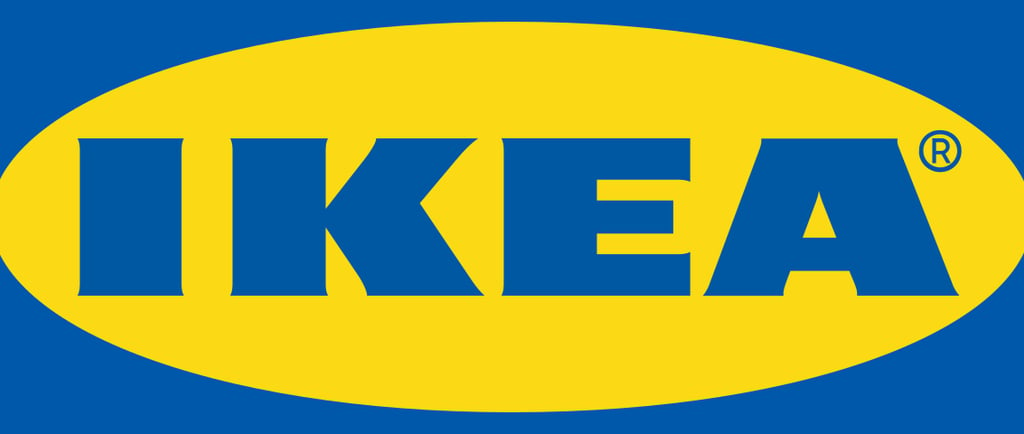The IKEA Effect: Why We Love What We Build
People place a higher value on things they help build.
TOOLSPSYCHOLOGYCHANGE MANAGEMENT
6/17/20254 min read


There's a unique satisfaction that comes from building something with your own two hands. Whether it's a wonky bookshelf, a slightly lopsided ceramic pot, or even a carefully crafted email, the effort we invest seems to imbue the creation with a special kind of value in our eyes. This phenomenon, where we place a disproportionately high value on things we have partially or wholly created, is known as the IKEA effect.
Named after the Swedish furniture giant that famously requires customers to assemble their own purchases, the IKEA effect highlights a fascinating quirk of human psychology. It goes beyond mere ownership; it's the labor itself that fuels our affection and perceived value of an item.
More Than Just Flat-Pack Furniture: Classic Examples
While IKEA furniture is the namesake, the effect is evident in many aspects of our lives:
The Cake Mix Saga: In the 1950s, instant cake mixes were introduced, promising effortless baking – just add water! However, they weren't as popular as expected. Market research revealed that housewives felt the process was too easy, diminishing their sense of accomplishment. The solution? Manufacturers changed the recipe to require adding an egg. This small addition of effort dramatically increased sales, as bakers now felt a greater sense of contribution and ownership over the final product.
Building Belonging at Build-A-Bear: At a Build-A-Bear Workshop, customers don't just buy a stuffed animal; they participate in its creation. From choosing the fur and stuffing to adding a heart and making a wish, the process involves a series of steps that require effort and personalization. This hands-on involvement fosters a strong emotional connection, making the created bear far more valuable to the owner than a mass-produced toy.
These examples demonstrate that the IKEA effect isn't just about saving money by doing the assembly yourself; it taps into deeper psychological needs: the need for competence, the desire to see the fruits of our labor, and the feeling of psychological ownership that comes from investing our time and effort.
The Psychology Behind the Hammer and Nails
Several psychological principles contribute to the IKEA effect:
Effort Justification: We tend to rationalize our efforts. If we've put a lot of work into something, we convince ourselves that it must be worth it to avoid cognitive dissonance.
Sense of Competence: Successfully completing a task, even something as simple as assembling a small table, provides a sense of accomplishment and validates our abilities.
Psychological Ownership: The act of contributing to something fosters a feeling of ownership, which in turn increases its perceived value. We feel more connected to things we've had a hand in shaping.
Beyond the Workshop: Practical Applications
The IKEA effect isn't confined to consumer goods. Understanding this bias can be incredibly valuable in areas like change management and coaching.
In Change Management:
Implementing change within an organization can often be met with resistance. The "not invented here" syndrome is a common hurdle, where employees are hesitant to adopt new processes or systems developed externally. The IKEA effect offers a powerful countermeasure:
Involve Employees in the Process: Instead of top-down mandates, involve employees in designing and implementing the changes. Allow them to contribute ideas, test solutions, and provide feedback. When individuals feel they have had a hand in shaping the change, they are more likely to understand it, value it, and champion its success.
Co-Creation Builds Buy-In: Empowering teams to co-create new workflows or solutions fosters a sense of ownership and commitment. They are no longer just recipients of change but active participants in its creation, significantly increasing buy-in and reducing resistance.
Small Wins and Contributions Matter: Even seemingly small opportunities for contribution can trigger the IKEA effect. Allowing teams to customize aspects of a new system or develop specific elements of a new process can build momentum and positive sentiment towards the overall change.
In Coaching:
The IKEA effect is also highly relevant in coaching relationships:
Client Ownership of Goals and Solutions: A good coach doesn't just provide answers; they guide clients to discover their own solutions and set their own goals. When clients actively participate in identifying their challenges and developing strategies to overcome them, they are more invested in the outcome. The effort they put into self-discovery and action planning increases their commitment and motivation.
Action-Oriented Assignments: Coaching often involves setting assignments or actions for the client to complete between sessions. These tasks, requiring the client's effort and initiative, leverage the IKEA effect. As clients work through these assignments and see progress, they develop a greater sense of competence and ownership over their growth journey.
Celebrating Effort and Progress: Coaches can utilize the IKEA effect by acknowledging and celebrating the client's effort and progress, not just the final outcome. Highlighting the work the client has put in reinforces the value of their labor and strengthens their commitment to the coaching process and their personal development.
The IKEA effect is a powerful reminder that our perception of value is not solely based on the intrinsic quality or monetary cost of something. The effort we invest, the sense of ownership we develop, and the feeling of competence we gain through creation all play a significant role. By understanding and strategically applying the principles of the IKEA effect, whether in building furniture, managing organizational change, or guiding individuals in coaching, we can foster greater engagement, increase perceived value, and ultimately drive more successful outcomes. So, the next time you're struggling with allen wrenches or encouraging a team through a transition, remember the power of letting people build.